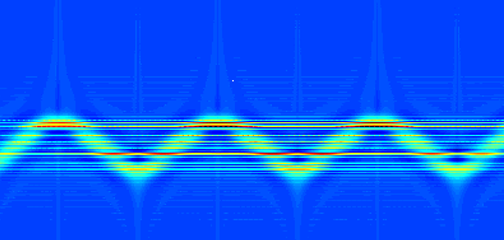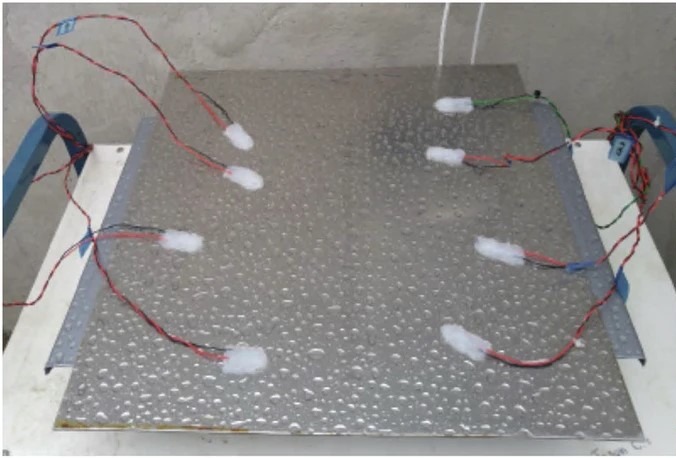
The Frequency Is the Feature: Why Every Modern Engineer Should Master the Fourier Transform
Imagine a symphony playing in a concert hall. Now imagine being able to isolate the violin from the rest of the orchestra, pull out just the cellos, or turn up the oboe solo like you’re adjusting sliders on a digital soundboard. That’s the magic of the Fourier transform—it breaks down complex signals into simpler pieces, telling you what frequencies are inside and how much of each is present.
But here’s the thing: the Fourier transform isn’t just for audio engineers or musicians. It’s everywhere—from how we compress images and videos, to how we train machine learning models, to how doctors interpret brain signals or engineers model vibrations in bridges. It’s one of the most fundamental tools in the entire engineering toolbox. And if you’re a student learning it now, you’re stepping into a world where thinking in frequency is just as important as thinking in time or space.
Let’s unpack what makes the Fourier transform so powerful—and why it’s still driving innovation in fields you might not expect.


